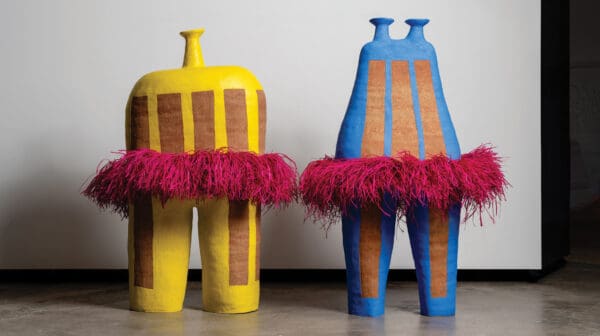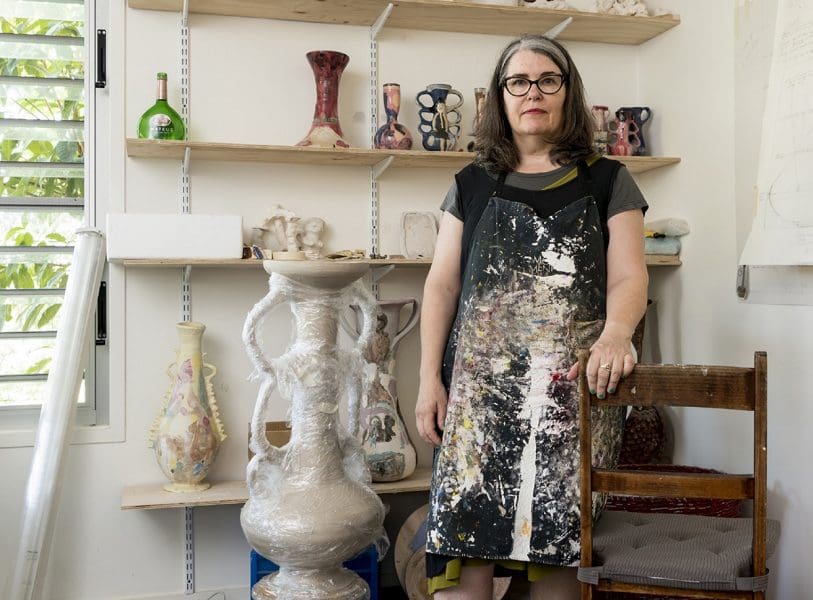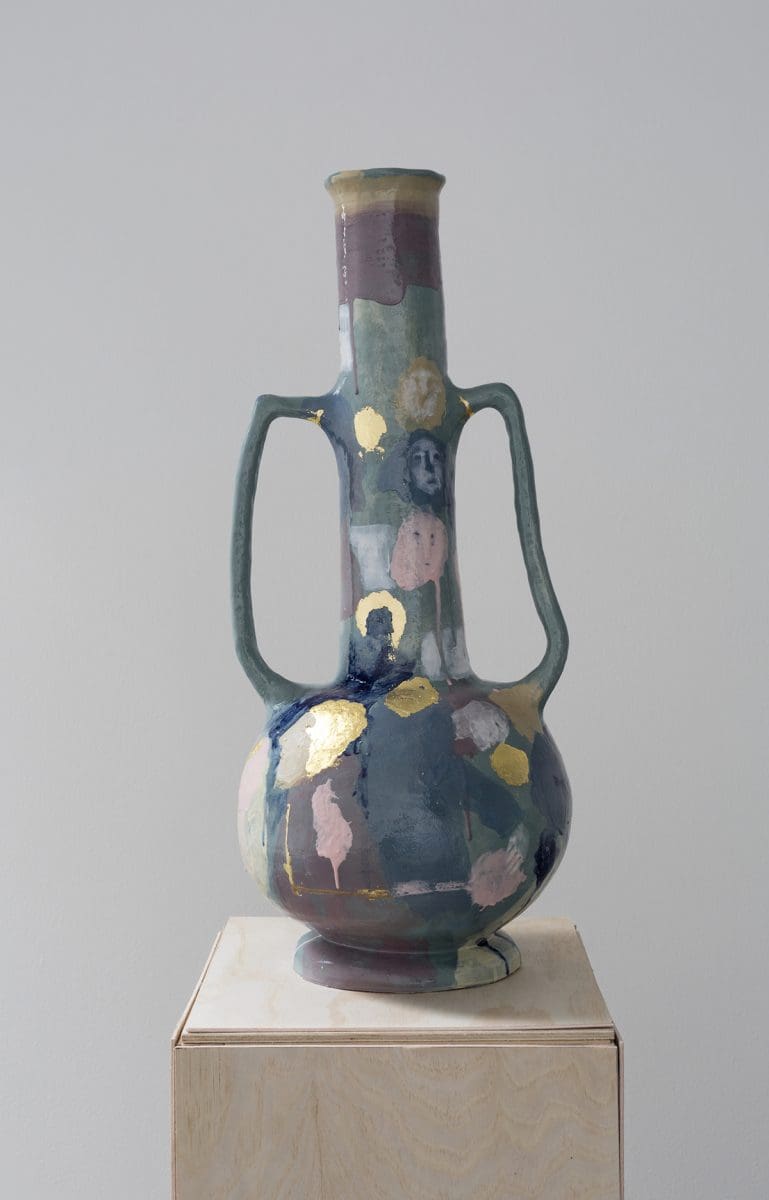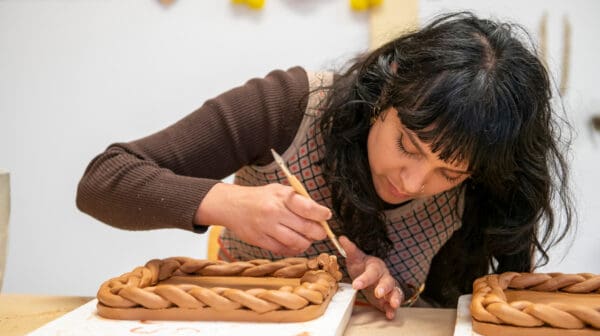
The Ramsay Art Prize takes the temperature of contemporary art
Every two years, the Ramsay Art Prize opens to Australian artists under 40 working in any medium. Presented by the Art Gallery of South Australia and supported in perpetuity by the James & Diana Ramsay foundation, the prize seeks to spotlight contemporary artists at a formative moment in their careers.










